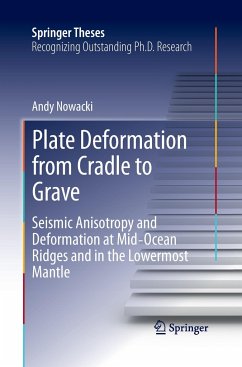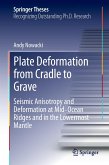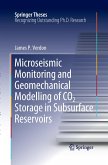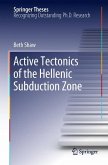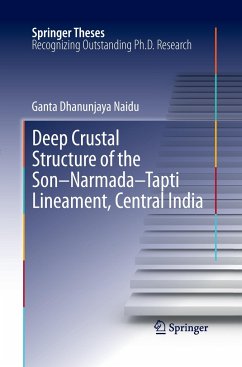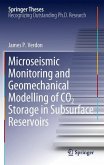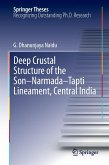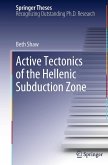The Earth's rocky mantle convects to lose heat, which comes from the liquid iron core below. The mantle's interfaces - the core-mantle boundary, and the lithosphere - may hold the key to understanding mantle motion because of the seismic anisotropy present in these parts of the Earth.
In this thesis, Andy Nowacki presents a precise but comprehensive review of the current state of the art in studying flow with anisotropy, mineral physics and geodynamics. New measurements of shear wave anisotropy in the lowermost mantle and at mid-ocean ridges are used to constrain mechanisms of creep and melt extraction in the mantle. A model of global flow is used to predict anisotropy in the deep Earth, and novel methods to forward model shear wave splitting are described. Future studies of mantle flow must incorporate the understanding gained in this thesis.
The thesis contains a substantive introduction to the structure of the Earth, seismic anisotropy in general and in the core-mantle boundary region, and mid-ocean ridge processes. It also describes novel methods for forward modelling and interpreting shear wave splitting data. Three chapters present timely research into dynamics at divergent plate boundaries and at the core-mantle boundary.
In this thesis, Andy Nowacki presents a precise but comprehensive review of the current state of the art in studying flow with anisotropy, mineral physics and geodynamics. New measurements of shear wave anisotropy in the lowermost mantle and at mid-ocean ridges are used to constrain mechanisms of creep and melt extraction in the mantle. A model of global flow is used to predict anisotropy in the deep Earth, and novel methods to forward model shear wave splitting are described. Future studies of mantle flow must incorporate the understanding gained in this thesis.
The thesis contains a substantive introduction to the structure of the Earth, seismic anisotropy in general and in the core-mantle boundary region, and mid-ocean ridge processes. It also describes novel methods for forward modelling and interpreting shear wave splitting data. Three chapters present timely research into dynamics at divergent plate boundaries and at the core-mantle boundary.

